|
• Pedestrianisation schemes
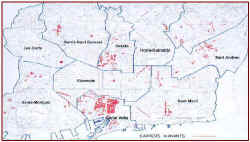
Pedestrian Priority Areas in Central Barcelona -
click to enlarge
• Selective vehicle access control reduces traffic entering central
shopping zones. Access is provided for delivery services only.

click to enlarge
• Vehicle management signs (VMS) reduce the amount of search-parking
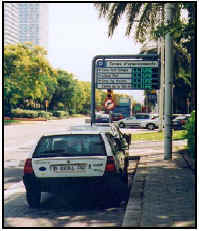
• Street loading/unloading improvements reduce illegal and double
parking by delivery services
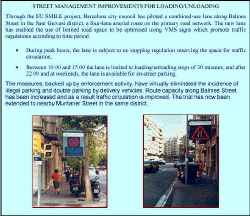
click to enlarge
• Cycle lanes and cycle parking
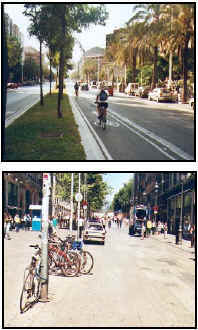
• The covering of the Ronda de Mig Ring road. This is the longest
urban tunnel in Europe (2.2 kilometres of new covered ring road), constructed to
protect nearby residents from air and noise pollution.
• Bus lanes, with junction priority
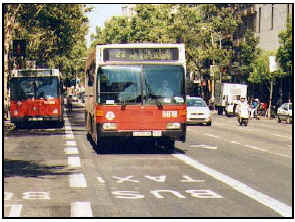
• Modern metro system. There are five mainly radial lines, with a
further line (Line 9) proposed to cross the northern suburbs.
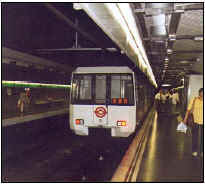
• Modern intercity and inter-regional rail services. A new
High-Speed Train (AVE) line is also being constructed.
• New tramway: 16 km Diagonal-Baix Llobregat tramway, linking the
city centre with the north-western suburbs
• Park and ride schemes at outlying rail stations.
• Integrated fares and ticketing: structure based on
zones and sectors covering the whole of the metropolitan area, provide an
average discount of 17% per journey.

• New noise-reducing road surfaces
• Ronda de Dalt and Ronda Littoral outer ring roads provide a bypass
for through-traffic and reduce cross-city journeys
|